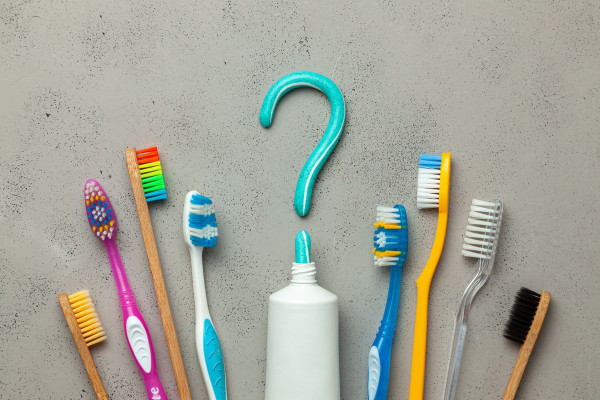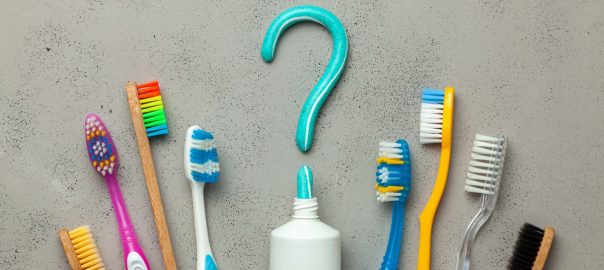Selecting the right toothbrush is crucial for maintaining good oral hygiene. With so many options on the market, it can be challenging to decide which toothbrush is best suited to your needs. In this comprehensive guide, we’ll explore the key factors to consider when choosing a toothbrush and provide insights to help you make an informed decision.
1. Bristle Type
The bristle type is a critical factor in toothbrush selection. Generally, toothbrushes come with three types of bristles:
- Soft: Soft bristles are gentle on the gums and enamel, making them suitable for people with sensitive teeth or gum issues.
- Medium: Medium bristles provide a balance between cleaning effectiveness and gum protection. They work well for most people without dental problems.
- Hard: Hard bristles are best avoided as they can damage the enamel and irritate the gums. Dentists often do not recommend hard bristles.
2. Head Size
The size of the toothbrush head matters, especially for those with smaller mouths. A smaller head can access hard-to-reach areas, such as the back of the mouth and behind molars. However, the head should be large enough to clean multiple teeth at once efficiently.
3. Manual or Electric
Both manual and electric toothbrushes have their advantages. Electric toothbrushes are known for their ability to remove plaque more effectively. They also have built-in timers to ensure you brush for the recommended two minutes. However, manual toothbrushes can be more affordable and don’t require charging.
4. Bristle Arrangement
Consider the arrangement of bristles on the toothbrush head. Crisscross or multilevel bristle patterns are often more effective at cleaning teeth and removing plaque than flat, even bristles.
5. Handle Design
The handle design should provide a comfortable grip, allowing you to maneuver the toothbrush easily. Some toothbrushes have textured handles for better control, while others have ergonomic designs for a comfortable hold.
6. IDA Seal of Approval
Look for the Indian Dental Association (IDA) Seal of Approval. Toothbrushes with this seal meet specific quality and safety standards, ensuring they are safe and effective for oral care.
7. Replaceable or Disposable
Consider whether you prefer a toothbrush with replaceable heads or a disposable one. Toothbrushes with replaceable heads can be more environmentally friendly in the long run, as you only need to replace the head instead of the entire brush.
8. Cost
Toothbrushes come in various price ranges. Choose one that fits your budget while meeting your oral hygiene needs. Keep in mind that investing in a quality toothbrush can save you money on dental bills in the long term.
9. Your Dental Needs
Your dental needs may influence your toothbrush choice. If you have sensitive gums, gum disease, or orthodontic appliances, consult your dentist for personalized recommendations.
10. Personal Preferences
Ultimately, personal preference plays a role in choosing the right toothbrush. Some people may prefer the simplicity of a manual toothbrush, while others may find the features of an electric toothbrush more appealing.
In conclusion, selecting the right toothbrush is an essential aspect of maintaining good oral health. Consider factors like bristle type, head size, bristle arrangement, handle design, and your specific dental needs. Whether you choose a manual or electric toothbrush, remember that regular and proper brushing, along with routine dental check-ups, are key to a healthy and radiant smile.


